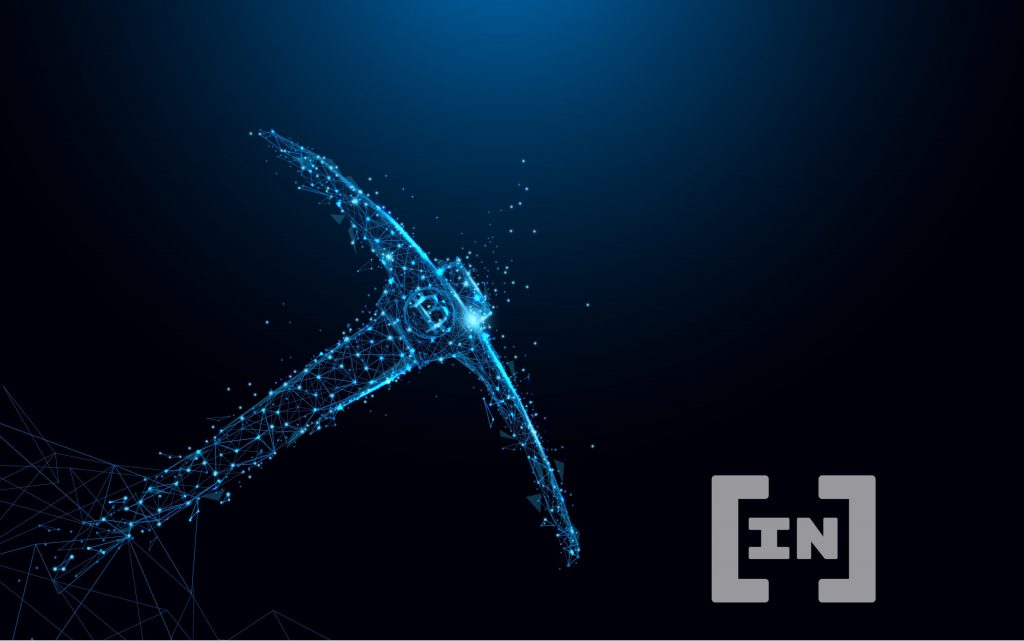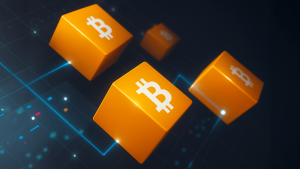Mining Memory Breakthrough Makes Crypto Mining Much Faster

Mining memory breakthrough: A new memory device can bolster computing applications by a long way. And, it makes mining much more environmentally friendly.
A research team from Northwestern Engineering and the University of Messina in Italy have got together to speed things up in the crypto mining world. They have developed a new magnetic memory device that will lead to faster artificial intelligence systems. How? They have made a new type of hardware, made of antiferromagnetic materials. Listen, don’t look it up, you won’t understand, just trust us that it’s cool.
Mining memory advantages
So how does this relate to crypto mining? Let’s break down the wild scientist talk into English. What this means is that memory technology in mining equipment will be immune to external magnetic fields. This will improve a variety of computing systems, not only cryptocurrency mining gear, but cool stuff for space too.
Cryptocurrency gear could benefit from more powerful, higher-density memory. Currently, cryptocurrency mining is held back by limited memory bandwidth. This problem jacks up the time and energy needed for processing. So mining becomes energy-intensive and slow. But with the new type of higher-density memory, information can be embedded on the same chip doing the mining. This will overcome memory challenges and make things a truckload faster.
Application in the real world
There is a problem with memory these days, as tech develops at the speed of light. Voice recognition platforms like Google’s Alexa are thirsty for more memory. There’s also problems with interactive content platforms like Netflix. The list goes on. Such apps need to use increasingly larger datasets to perform. The existing memory hardware isn’t keeping up – it is inefficient and unsustainable.
Current systems of magnetic random-access memory (MRAM) is built on ferromagnetic materials like iron and cobalt. This system is failing modern tech. The magnets interfere with each other, unless spaced apart. This makes the hardware big and slow. But the new system, using antiferromagnets (AFM) will change all that. The new materials are faster and don’t have magnetic poles. So it can avoid unwanted magnetic interaction. Plus, it can be used at very small dimensions.
Pedram Khalili is a professor at the McCormick School of Engineering. “Antiferromagnetic materials could solve the challenges of ferromagnetic MRAM. Antiferromagnets show the potential for scalability, high write speed, and immunity to tampering by external magnetic fields – all necessary components to make faster devices to support the rapid growth of the computing, networking, and data storage industries. We demonstrated no new capital expenditure needed by companies that would want to adopt antiferromagnetic MRAM technology.”
Space Applications
So let’s talk about space travel. The Rover on Mars is hungry for computing power. The Rover needs to operate vision and navigation equipment and make autonomous decisions. Systems upgraded with the new memory devices would speed Rover up. And the new devices are resistant to the ionizing radiation that is present in space.
Khalili said their work would be applied wherever memory is used in high-performance computing.
“While the applications vary widely, the underlying hardware and memory chips behind them are essentially the same. Our technology is general-purpose and could be applied anywhere memory is used in high-performance computing systems today.”
Miners? You need to watch this space.
Want to discuss mining memory or anything else? Then join our Telegram group.
Disclaimer
All the information contained on our website is published in good faith and for general information purposes only. Any action the reader takes upon the information found on our website is strictly at their own risk.













